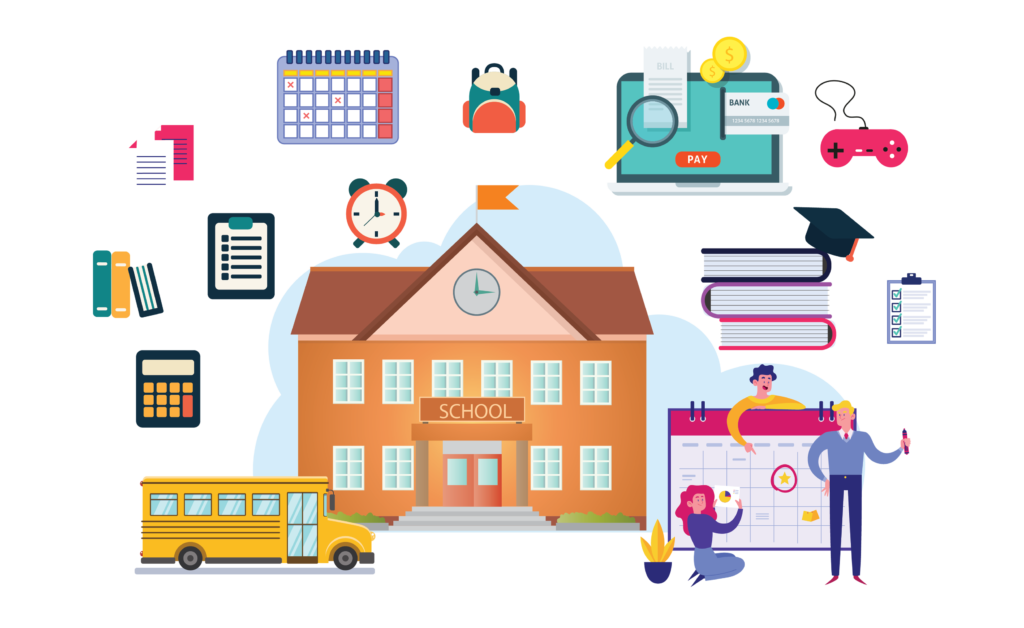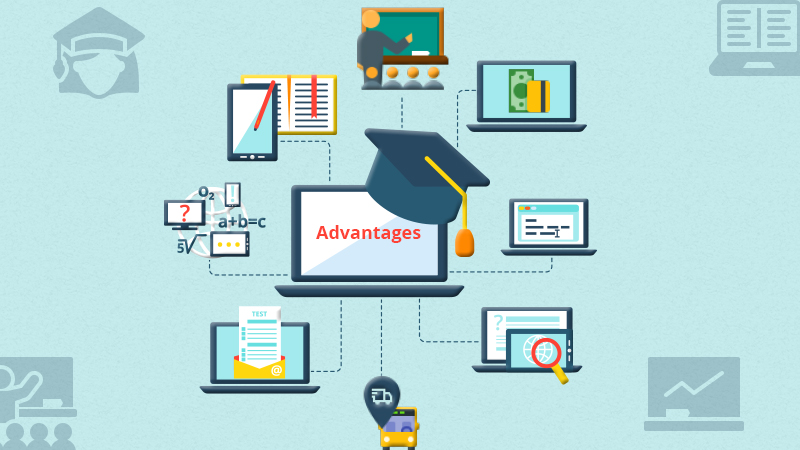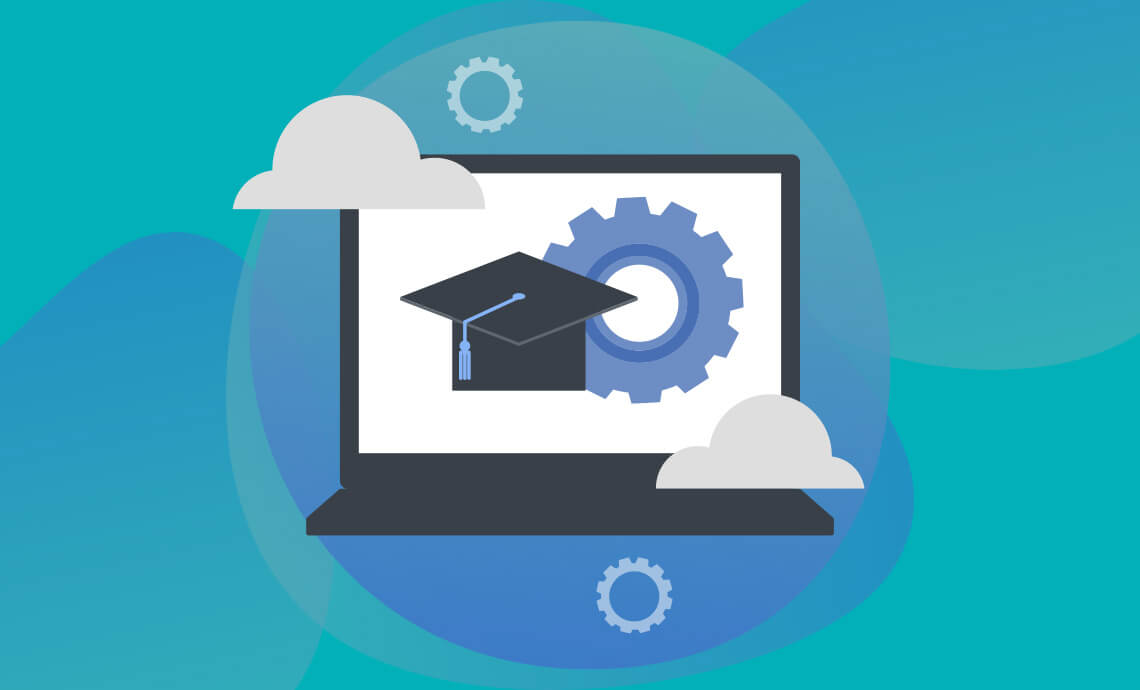Physical Address
304 North Cardinal St.
Dorchester Center, MA 02124

The best administrative software for schools is the line between teaching and burnout. This administrative software for schools turns those late nights of fixing registers and fee slips into calm mornings where your team can breathe and your students get you at your best.

You opened a school to change lives, not to chase paperwork. This guide shows a simpler way to pick a tool that saves time fast, proves real results, and rolls out without drama, in Nigeria first, with Africa in view. Keep reading; the plan is clear, the wins are real, and help is closer than you think.
Read Also: Nursery School Management Software: Less Stress, More Smiles
If you remember only one thing, remember this: time to value. How fast does a system help you finish daily work?

Track these weekly:
Build your shortlist of the Best administrative software for schools around these five numbers. When they rise, school life gets calmer.
Use this weighted score (total = 100). Keep it simple. You are rating how well a tool helps you work.
This straightforward scorecard helps you judge the Best administrative software for schools on the work that actually matters each day.
You want proof that software can help operations. Here are findings you can stand on:
You do not need perfect tech to win. You need consistent use of a few, clear tools.
Schools across Nigeria face the same pressure: limited staff time, many students, and busy parents. The Best administrative software for schools must make three things easy:
Now let’s talk about the option that fits this reality without noise.

You asked for timing that “comes in when needed,” so here it is. ExcelMind focuses on the core jobs Nigerian schools repeat every day. No fluff. The live modules are exactly what staff touch most:
This is why, for this guide, ExcelMind is the top pick when you are choosing the Best administrative software for schools for a Nigerian school that wants results now, not in six months.
Use the same weights:
If your school wants a calm, fast daily routine, e-School crm is built for that. It earns its place as the Best administrative software for schools in this context because it hits the core jobs that matter every morning.
Use this plan to make any tool work. It also fits excelmind crm perfectly.
Do this and you will get the value you paid for. The best administrative software for schools is the one your people actually use every day.
Copy this list and carry it into every demo. It keeps vendors honest and helps you pick the Best administrative software for schools for your context.
Core
Reporting
Training
Adoption
If a tool answers these well, you likely have the Best administrative software for schools for your team.
Here’s how the right tool lifts your school, based on evidence and practical use:
These are not theories. They are patterns seen again and again.
People resist tools they do not trust. Keep it human and clear.
This is how the Best administrative software for schools becomes part of your culture, not another forgotten login.
When you plug excelmind crm into the 90-day plan above, work starts to feel lighter:
Because these are the daily pressure points, Excelmind earns the top spot in this guide as the Best administrative software for schools for Nigerian schools that want quick, calm improvement.
See Also: Best LMS platform for elementary schools: Bringing Joy to Classrooms
If you want the calm, the order, and the results, Excelmind gives you the fastest path right now. It hits the exact daily jobs Nigerian schools repeat: onboarding, attendance, timetable, virtual class, and e-library. That is why it leads this list of the Best administrative software for schools.
If you are ready to stop the paper chase and get your time back, visit the excelmind website and book a quick demo. Bring this page to the call. Ask them to show you the four tasks in real time. If it takes longer than the targets above, call it out. If it matches or beats them, move forward.
You started your school to teach. The right tool gives you your day back.
Pick the Best administrative software for schools. Make the next 90 days count with ExcelMind.
ExcelMind. For most Nigerian schools, it’s the best pick for school management because it handles the five daily jobs: fast onboarding, attendance, timetable, virtual classroom, and e-library.
Admins finish routine work quicker, teachers start lessons prepared, and heads get clear reports for meetings. To confirm the fit, run a quick demo and time four tasks: mark a full class present, build a weekly timetable, start a virtual class, and upload/share a book in the e-library. If it’s quick and clean, you’ve found your tool.
There isn’t one tool worldwide. Most schools use a mix: a Student Information System (for records and attendance), a Learning Management System (for classes and materials like Google Classroom, Microsoft Teams, or Moodle), simple messaging (email/SMS/WhatsApp), and fees/billing.
In Nigeria and across Africa, many schools pick simple, mobile-friendly platforms. If you want one admin hub for onboarding, attendance, timetable, virtual class, and e-library, ExcelMind fits that need.
To produce a school account (income statement, balance sheet, cash flow, and fee reports), use an accounting tool built for schools or a general accounting app set up with a school chart of accounts. It should handle term-based invoicing, payments by student, bursaries/scholarships, payroll, bank reconciliation, fixed assets, and audit trails.
Popular choices are education-ready setups of QuickBooks, Sage, Zoho Books, or Tally. Use excelmind crm for daily admin (onboarding, attendance, timetable, virtual classroom, e-library), and let the accounting tool generate the official financial statements.
Google Classroom and Microsoft Teams (Assignments) are the most common for managing classroom assignments and grades in many schools. You’ll also see Canvas and Schoology in K–12, and Moodle in higher ed or where budgets are tight.
Use an LMS like this for assignments/grades, and use ExcelMind for daily admin, onboarding, attendance, timetable, virtual class, and e-library.
Here are the six classic schools of management, with plain meanings and quick school-based examples:
Scientific Management (Taylor)
Focus: break work into small tasks, set the best method, and measure time.
In a school, the standard way to record attendance is so that teachers finish it in under a minute.
Administrative Management (Fayol)
Focus: how to run the whole organization—plan, organize, lead, control.
In a school: term plan → roles for heads → clear reporting lines → weekly review.
Bureaucratic Management (Weber)
Focus: rules, hierarchy, merit-based roles, written procedures.
In a school, documented policies for admissions, exams, and staff hiring.
Human Relations / Behavioural
Focus: people, motivation, teamwork, leadership style, communication.
In a school, staff check-ins, recognition for good teaching, and open feedback.
Systems School
Focus: the organisation as an open system—inputs, processes, outputs, feedback.
In a school: link admissions → timetable → teaching → results → parent feedback.
Contingency (Situational)
Focus: no single “best” way—fit methods to size, culture, tech, and environment.
In a school, different leadership and processes for a small private school vs. a large public one.